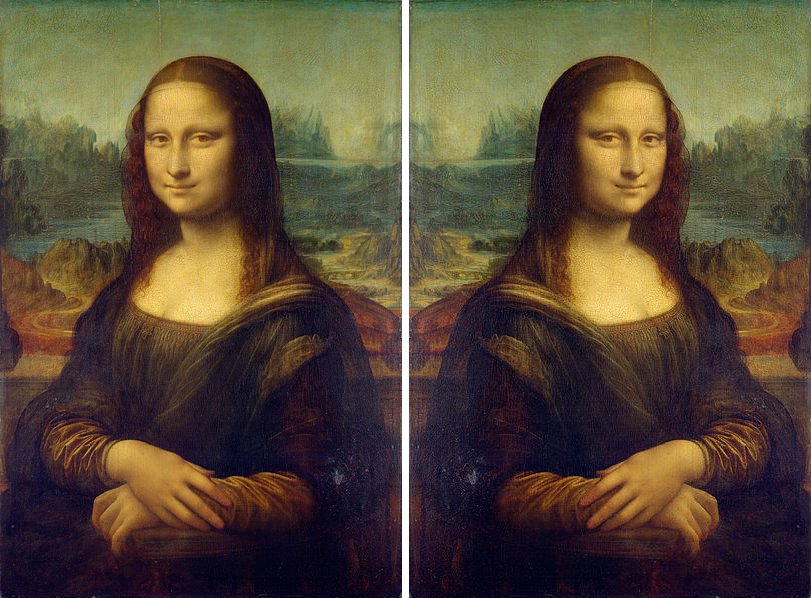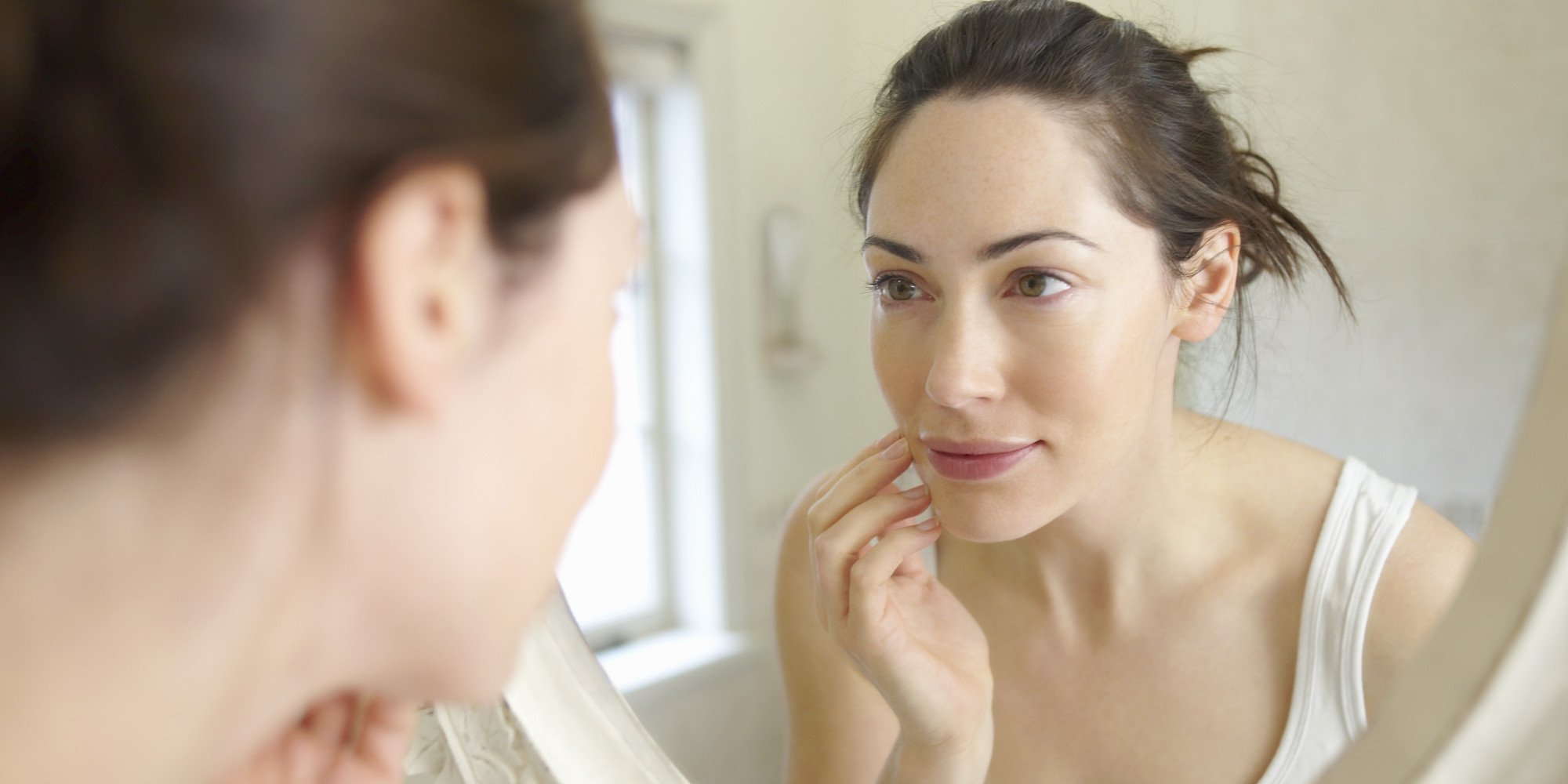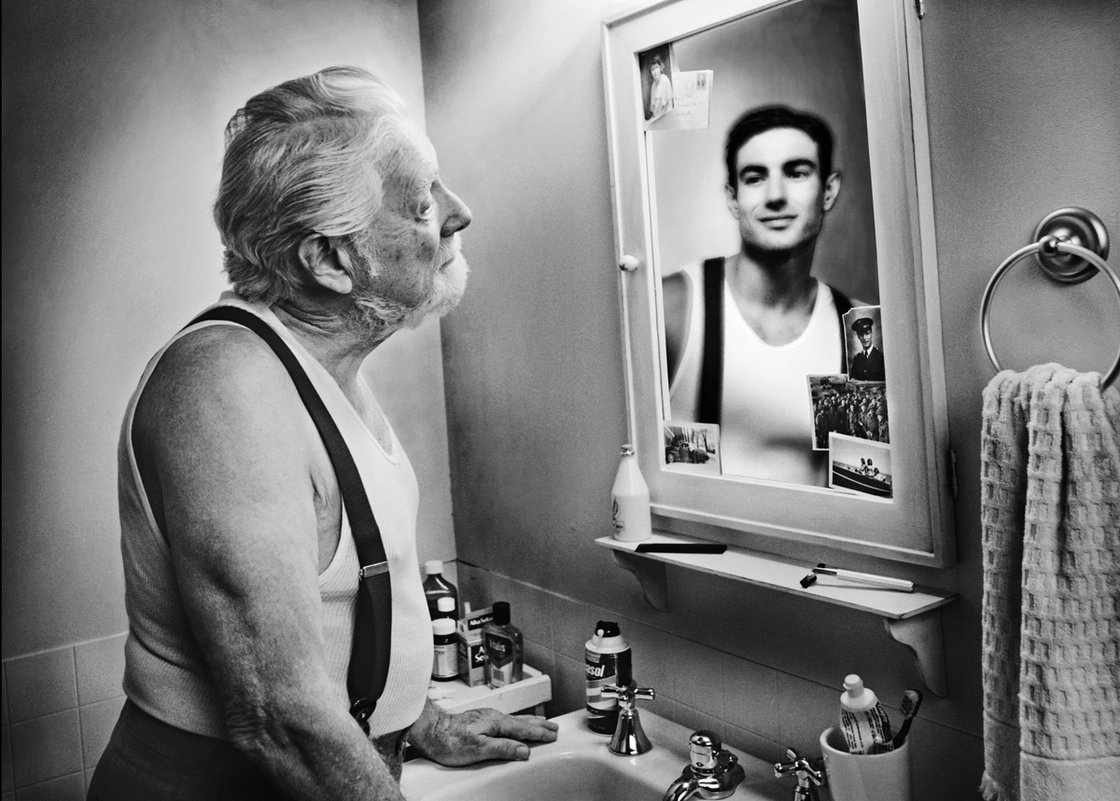If you’ve ever thought to yourself why it’s fairly confusing that your mirror tells you a different story than the photographs you got clicked onto, read on. Regardless of how dashing that reflection looking back at you might seem, most of us pine over the complete lack of photogenic character that we have on camera. Why?
Here’s the interesting reason why you might prefer your reflection.
To begin with, photographs are only an interpretation of the actual image.
Regardless of how advanced the piece of photographic equipment might be, experts maintain that the resulting image is just an interpretation and far from the accuracy of the human eye. The human eye is the most advanced piece of optic equipment on the planet.

On the other hand, a reflection in the mirror is also the lateral inversion of the original.
Obviously, the lateral inversion just throws off your idea of what you look like, in reverse, and no face is perfectly symmetrical. Therefore, your image in a mirror already turns out to be a little different than you are in a photograph of yourself – considering that it is an inversion.

So, then why are we still used to our reflections?
For one, most of us look at ourselves in the mirror a lot more than in photographs, which makes us habitual to a certain image of ourselves. And, any time we are presented with an image that looks slightly different (or inverted) than what we are used to, our mind finds it hard to accept immediately.

The reason is something called the mere-exposure effect.
If you remember the time we explained why our voices sound better out loud than when we record ourselves and hear it again, it was because we are ‘exposed’ to a certain version of our image. Like a certain version of our voice that we grow a liking towards it. That is the mere-exposure effect. Therefore, any time we stray away from the usual image that we see in the mirror, our minds almost automatically reject it.

Don’t worry, reflection or photograph, technically you still don’t know what you really look like.
Masthead and Feature Source: drbrianalman.wordpress.com

















